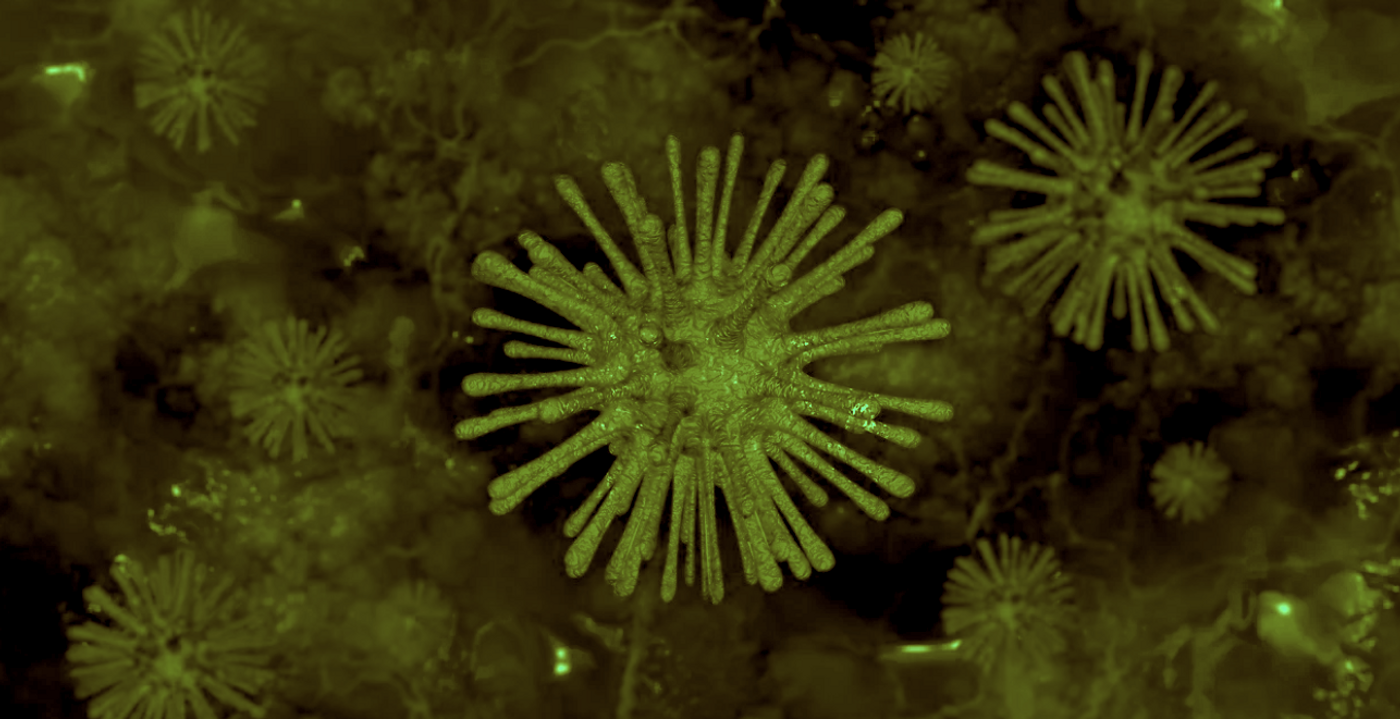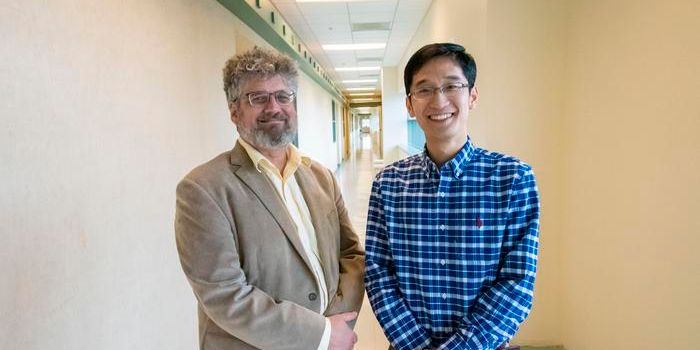Plants and animals have genomes made of four nucleotide bases, adenine (A), thymine (T), cytosine (C), and guanine (G). But there's another genetic 'letter' that's been identified; in 1977 a virus that infects bacteria, an organism called a bacteriophage, was found to carry a base called 2-aminoadenine (Z), which replaced the A bases in the bacteriophage's genome.
While additional work showed that Z-DNA enabled the bacteriophage, dubbed S-2L, to resist the effects of bacterial enzymes that cut up viral DNA and other bacterial defense systems, little else was known about the purpose of Z bases in DNA.
It wasn't until 2015 that researchers led by Philippe Marlière, a geneticist at the University of Evry, France identified another bacteriophage, which infects Vibrio bacteria, that carried a gene that was also found in S-2L.
In 2019, scientists led by Suwen Zhao, a computational biologist at ShanghaiTech University in China found more phages that carried matching sequences. The researchers showed that all of these phages carry a gene called PurZ, which encodes an enzyme that has a critical role in generating Z nucleotides from its precursor, a molecule that's found in bacterial cells called dZTP. Additional work revealed the remainder of the enzymes and the genes that encode them, which comprise the pathway that makes Z nucleotides. Now, we know how Z bases are created.
This research, which was published in three papers in Science, went even further, and showed how Z bases end up in DNA. In the genome of the bacteriophage that infects Vibrio, there's a gene adjacent to PurZ in its genome. This gene encodes for an enzyme that copies strands of DNA, which is called a polymerase.
Marlier and colleague Pierre-Alexandre Kaminski of the Pasteur Institute in Paris determined that the bacteriophage's polymerase incorporates dZTP into DNA, and removes any A bases from the genome. “This explained to us why A was excluded,” Kaminski commented to Nature News. “This was really spectacular.”
Zhao suggested that we still have more to learn. Her team's research has indicated that there's another phage at play, which eliminates dATP but maintains dZTP in cells. Their study revealed that if there was more dZTP than dATP in a cell, the cell's own polymerase would start making DNA with Z bases.
Additional research will be needed to reveal how Z bases and DNA containing Z bases are beneficial to phages.
Sources: Nature News, Zhou et al Science 2021, Sleiman et al Science 2021, Pezo et al Science 2021
-
APR 30, 2024Immuno-Oncology Virtual Event Series 2024
-
MAY 07, 20243rd International Biosecurity Virtual Symposium
-
SEP 03, 2024Microbiology Week Virtual Event Series 2024
- See More


















































